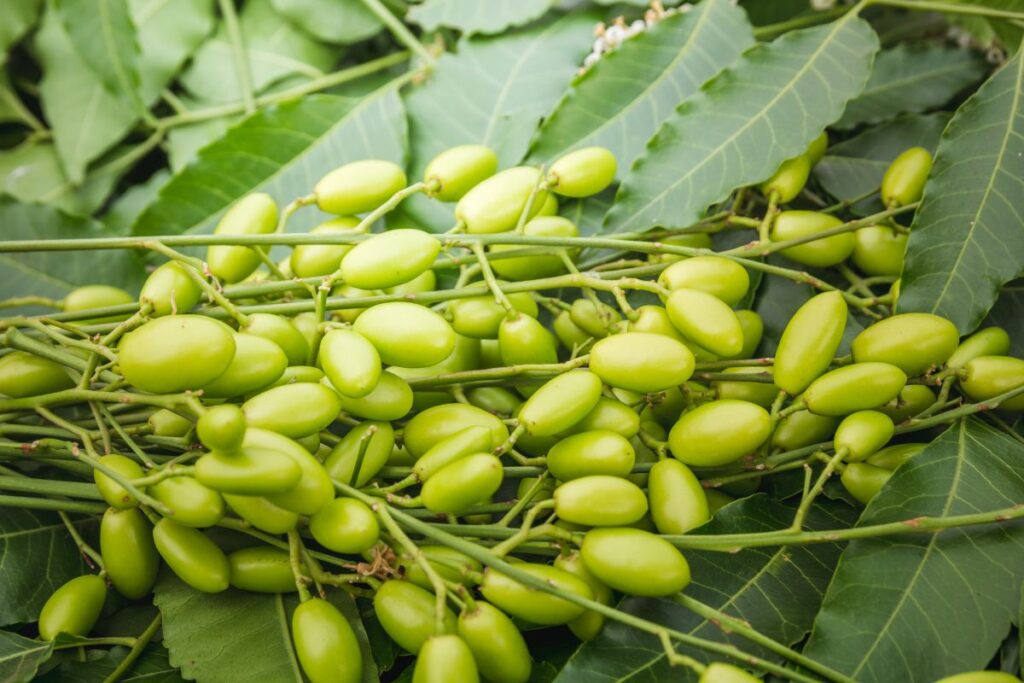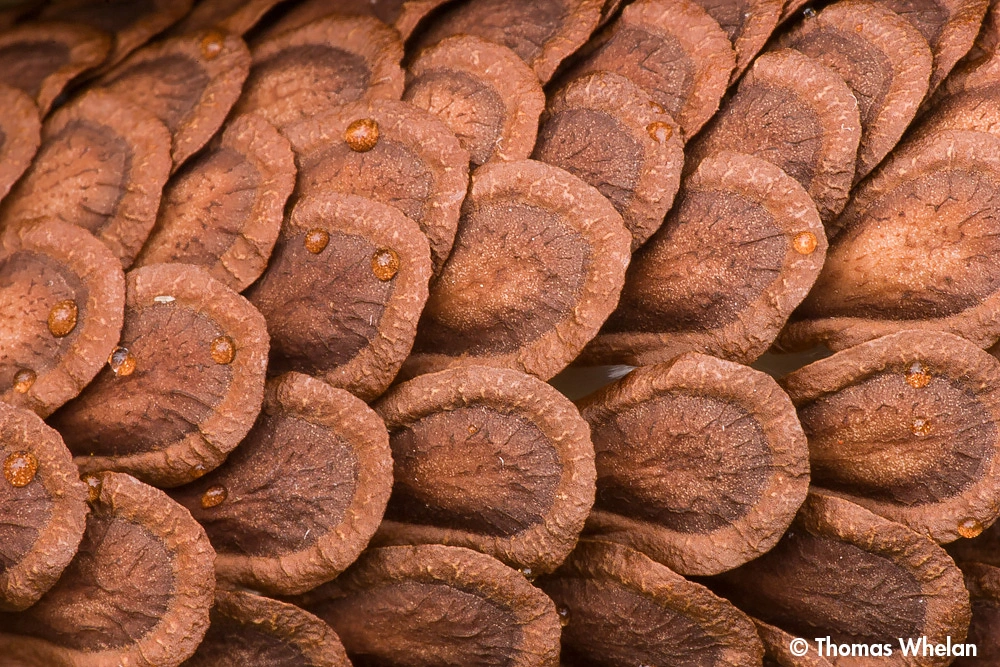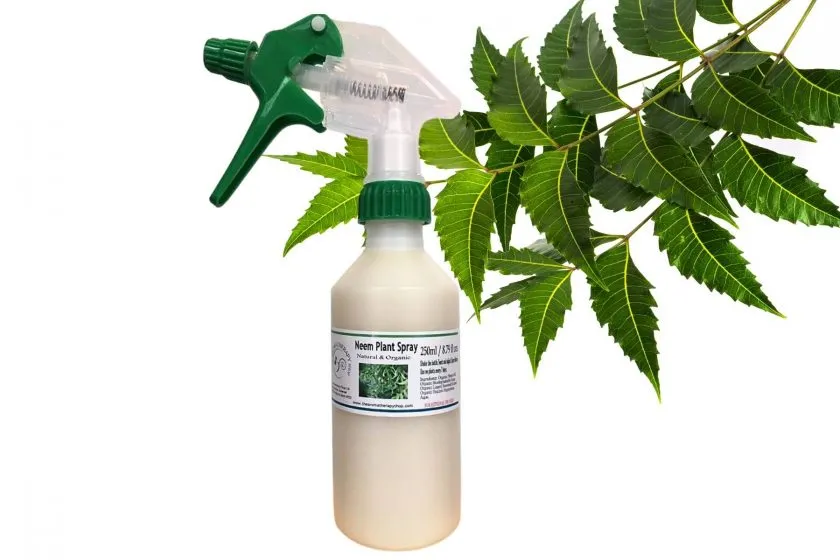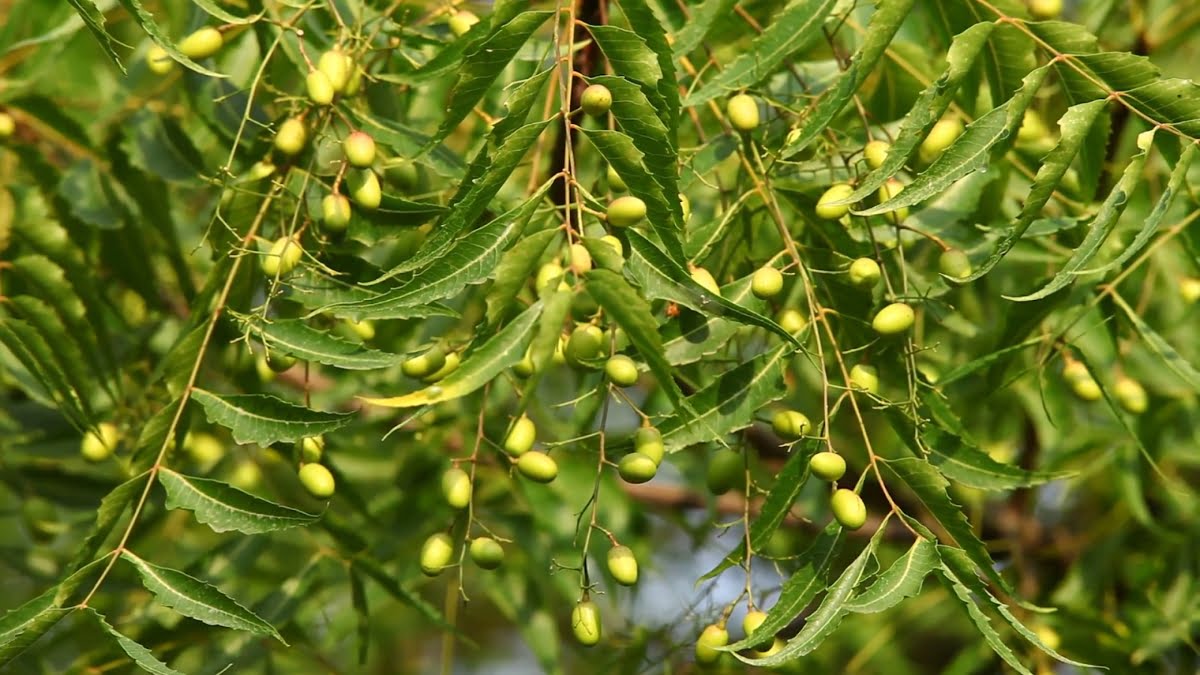Neem trees (Azadirachta indica), also known as Indian Lilac, Margosa, and Nimtree, are a tree in thw mahogany family (Meliaceae). They are renowned for their medicinal properties and are commonly used as a natural insect repellent and pesticide. The primary compound responsible for these insecticidal properties is azadirachtin, found in neem seeds, leaves, and oil.

When it comes to butterflies, neem can have adverse effects:
1. Larval Stage: If butterfly larvae (caterpillars) ingest neem, it can disrupt their growth and molting processes. Azadirachtin acts as an insect growth regulator, affecting the hormones that control metamorphosis. This can lead to incomplete development or death of the caterpillar.
2. Adult Butterflies: While adult butterflies are primarily nectar feeders and might not be directly affected by feeding on neem-treated plants, they could come into contact with neem residues, which might have detrimental effects.
3. Eggs: If a butterfly lays eggs on a neem-treated plant, the emerging caterpillars will ingest the residues, which can be harmful.

Milkweed Seeds
Seeds for growing plants in the Milkweed genus (Asclepias); required for all Milkweed butterflies, like the Monarch and Queen.
However, simply growing a neem tree in proximity to other plants is unlikely to harm butterflies unless the neem’s leaves or products (like neem oil) are actively applied to plants that butterflies and their larvae feed on.

Johnny urges you to exercise caution when using neem products in gardens designed to attract or sustain butterflies, even if they are “Natural” or even “Organic.” There is nothing natural about neem oil existing in North America. If you’re aiming to support butterflies, it’s advisable to avoid treating plants they frequent with neem or any other insecticides. Always consider the broader ecological impact before applying any treatments to plants.

The Adventures of Johnny Butterflyseed – Author Signed First Edition Children’s Book
Save the monarchs!
Johnny Butterflyseed and his fairy friend, Raven Silverwing, embark on a mission to save the rapidly disappearing butterflies. They enlist the help of Queen Venus Goldwing and her kingdom of monarchs to educate and inspire kids to become butterfly farmers. At first, Johnny faces his own internal struggle with self-doubt and fear in his ability to make a difference, but then soon develops a mindset that allows him to not only get started, but also make progress one day at a time. Through challenge after challenge, Johnny learns that he is not alone in his mission and that there are many people who want to help. Together, Johnny, Raven, and Queen Venus educate thousands of children on becoming butterfly farmers.
